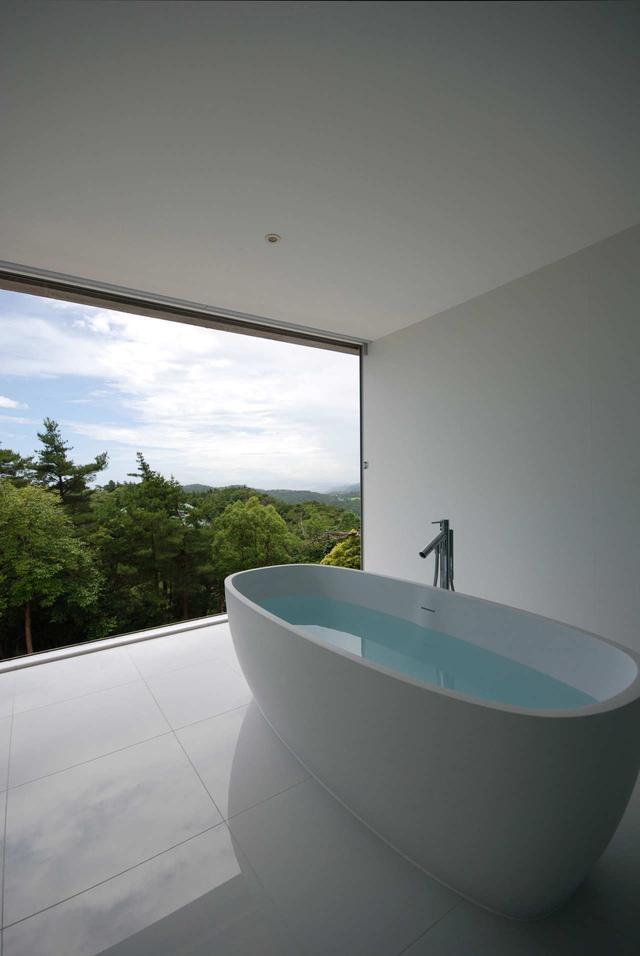Although they are an integral and necessary space in residential architecture, the wide variety of design opportunities for bathrooms has often remained overlooked in favor of practicality. Historically programmed for privacy, the contemporary bathroom has been re-imagined for a greater sense of openness and comfort - finding a delicate balance between privacy and exposure is facilitated by design objects such as the tub.
As the lifestyles of many evolved to an increasingly fast pace, and living spaces grew smaller and more practical, the shower -utilitarian and spatially savvy - became the more popular choice in the design of bathrooms. With less demand, the tub began to fall into obsolescence and remained an additional luxury for those with extra money and space.
In today's climate, with an increased desire for modularity and a heightened interest in cultivating wellness, the tub has made a return to contemporary bathroom interiors. Offering more privacy and comfort than shower stalls, the tub is just one element in an assemblage that provides an open and meditative quality to the bathroom.
Below are examples of 5 different bathtub typologies and their possible applications in contemporary bathroom spaces:
Alcove Tubs
These classic bathtubs are ubiquitous for a reason, as their space-saving design makes them suitable for a wide variety of applications. "Alcove" refers to the bathtub being installed into a recess in the bathroom, which means quite commonly these tubs are installed with three joining walls or within a pocket alcove. Some more contemporary designs only have two walls or a large window to remove the confined nature of this installation method. Alcove tubs are positioned within three walls, so only one side needs to be finished.
Corner Tubs

These tubs, much like alcove tubs, are popular for their ability to fit into otherwise purposeless corners and free up essential space. In contemporary design, corner tubs are an easy way to fully exploit the corners of the bathroom and create a feeling of openness that allows the bathroom to flow seamlessly. These types of tubs are also quite suitable to accomodate children and elderly people.
Freestanding Tubs
Freestanding tubs are the most sought-after in contemporary bathroom interiors and are ideal for a large bathroom layout where they can serve as a stylish design focal point. More traditional models rest on claw feet while contemporary styles sit on a block base or have a sleek line with no base.
Drop-in Tubs
Drop-In bathtubs are unfinished tubs that can be dropped into a frame or surrounded with a rim and outward structure that can be finished in any material. Unlike an alcove bathtub, drop-in tubs offer the flexibility of placement in the bathroom as well as more soaking depth. Drop-In tubs are installed in a custom-built enclosure and include a ledge around the tub that produces a style that is unique to every individual application.
Undermount Tubs
Perhaps the most versatile, an undermount tub is installed beneath a rim, meaning that the surrounding deck or area is covered so that the bathtub itself is supported by the floor structure underneath. Undermount tubs are enclosed in a casing that can be the same material as the stone or tiles used in the flooring - blending seamlessly. They can be positioned anywhere in a room and the wide rim is ideal for storage.
Click here to see more examples of how these five distinctive tub typologies are being used in contemporary applications.
